Hurricane Ida from space: Photos from astronauts and satellites

Hurricane Ida hit Louisiana as a Category 4 storm on Sunday, Aug. 29, 2021, making the first hurricane of the year to hit the Gulf Coast and the first to reach the U.S. mainland.
The storm knocked out power to an estimated 1 million people across southeastern Louisiana after it made landfall near Port Fourchon. By coincidence, the storm struck on the 16th anniversary of Hurricane Katrina, which devastated the New Orleans area when it made landfall as a Category 4 storm in 2005.
Weather satellites and astronauts in orbit watched Hurricane Ida as it approached, then hit, southeastern Louisiana. Click the arrows above to see their stunning photos from space.
This photo shows a full view of Hurricane Ida as it appeared on Aug. 28, 2021 while still a Category 2 storm. An astronaut on the International Space Station captured this view.
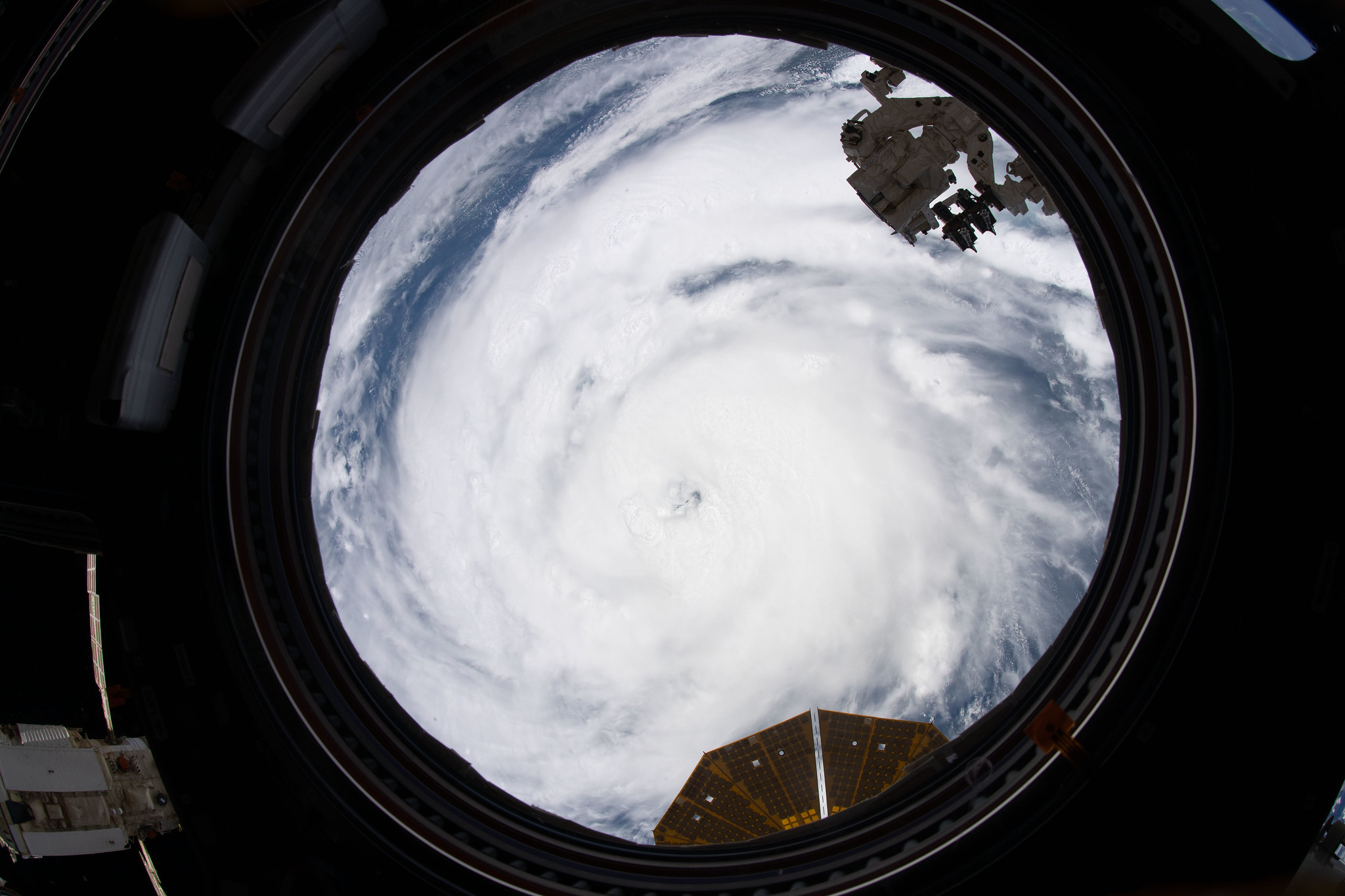
This view of Hurricane Ida was also taken on Aug. 28 as it was Category 2 storm.
From this angle, you can get an astronaut's-eye view of Ida as seen from a window on the International Space Station. The storm nearly fills the entire portal from this vantage point.
At bottom is part of a fan-like golden solar array of a Northrop Grumman Cygnus cargo ship docked the the station. At top, part of the outpost's Dextre robotic arm attachment.
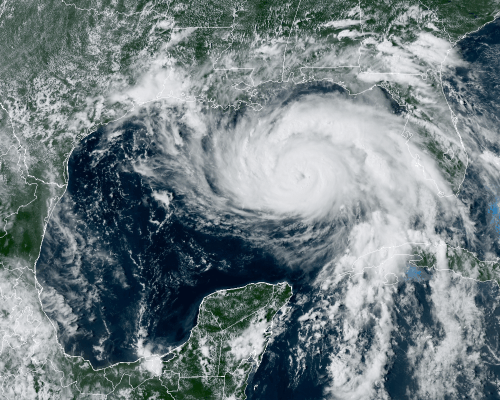
This NOAA satellite view shows Hurricane Ida on Saturday, Aug. 28, 2021, as it churned across the Gulf of Mexico.
At this time, Ida was still building strength as it approached southeastern Louisiana. The huge peninsula of Florida can be seen at right while the eastern coast of Mexico hooks around the storm at left.
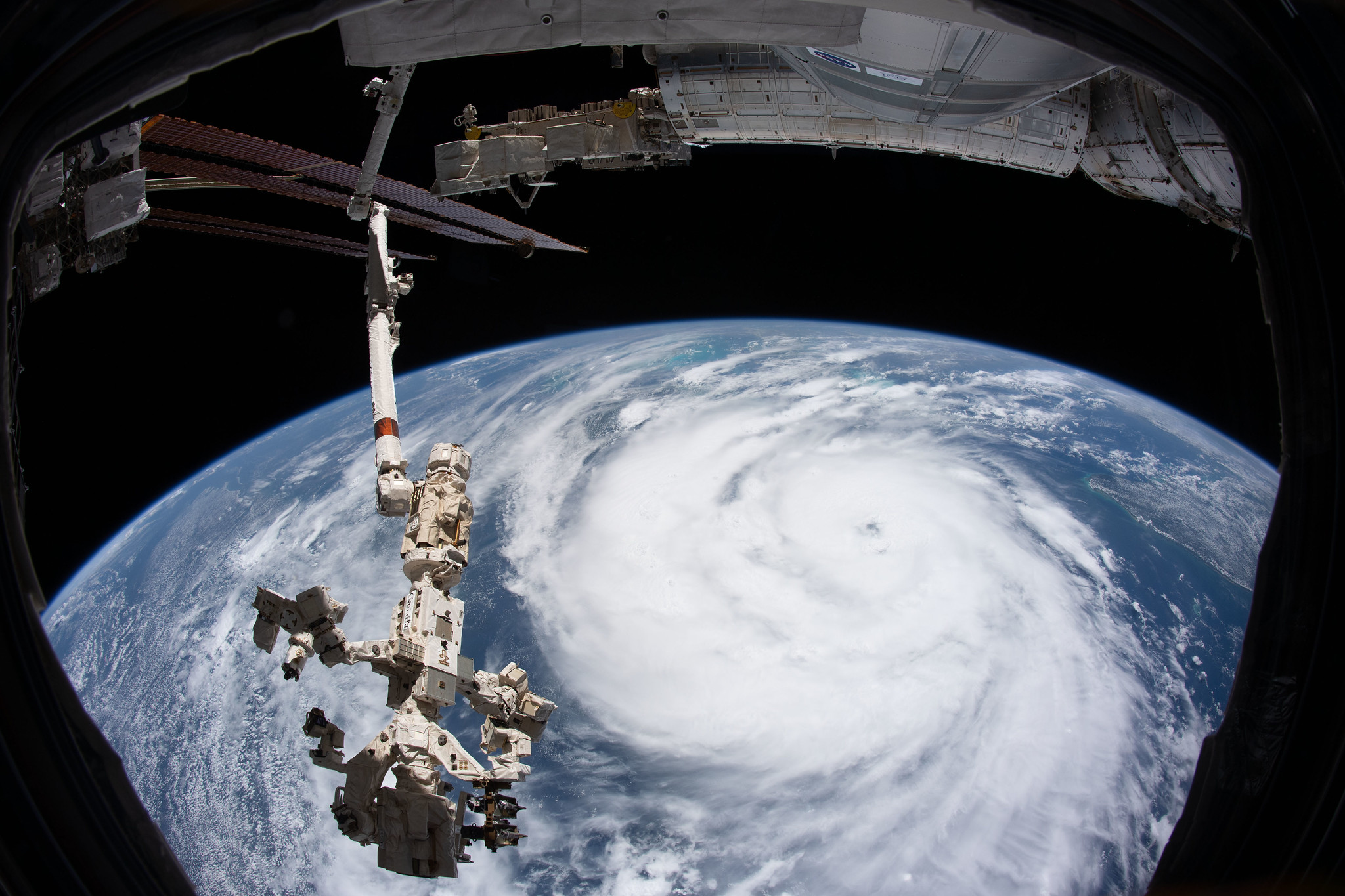
This view of Hurricane Ida was taken Aug. 28, 2021 by NASA astronaut Meghan McArthur, who shared a slightly different angle than what you see above on Twitter (NASA flipped it around so the Earth appears at bottom).
"Hurricane Ida from Space Station just before noon CDT today," McArthur wrote on Twitter while sharing the photos of her view from orbit. "If you are/have been in its path, I'm thinking of you and hoping you stay safe."
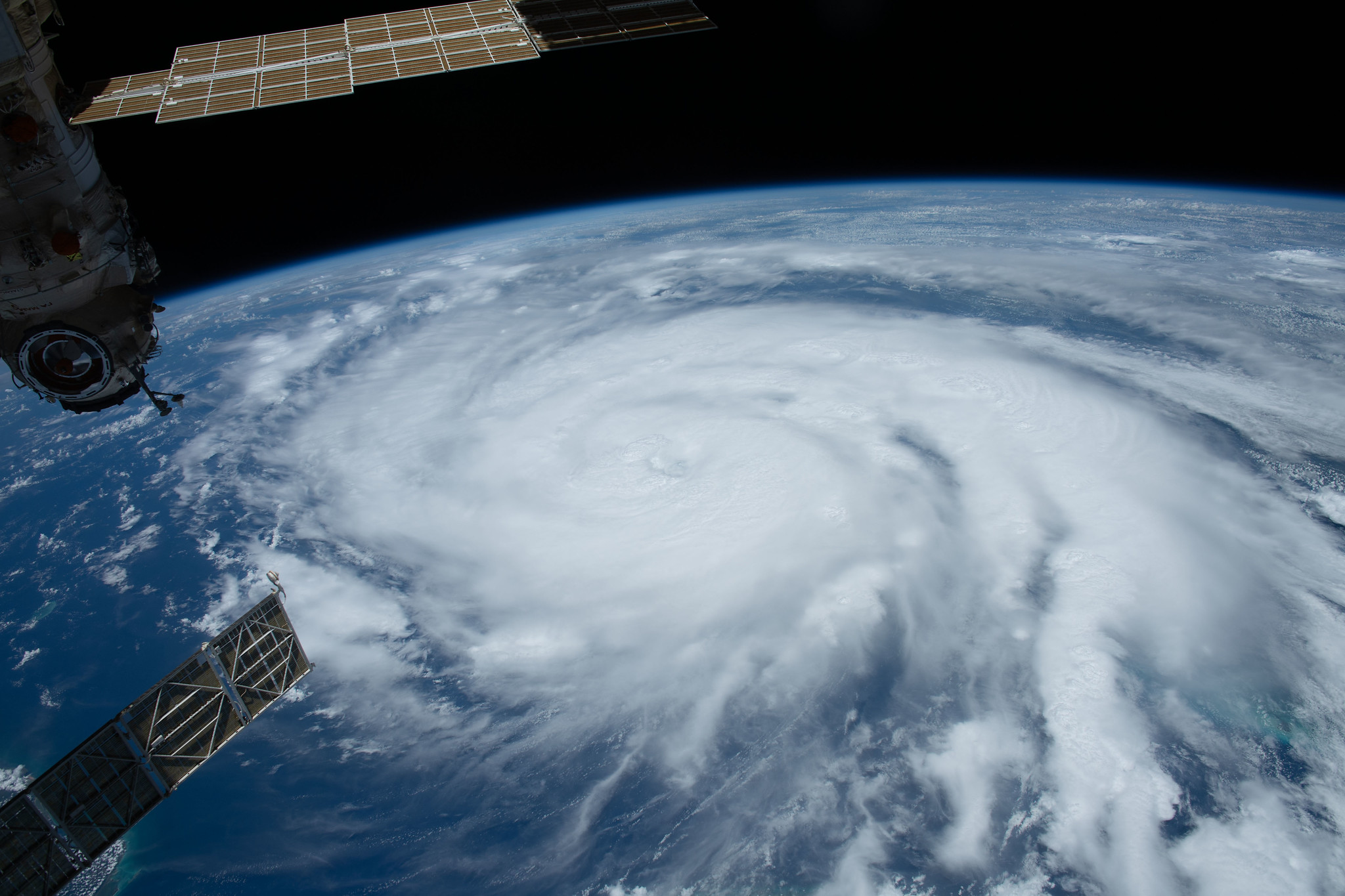
From NASA: "Hurricane Ida is pictured as a category 2 storm from the International Space Station as it orbited 263 miles above the Gulf of Mexico. At upper left, is the Nauka multipurpose laboratory module docked to the Earth-facing port of the Zvezda service module."
This image was taken on Aug. 28, 2021.

Here's an even earlier view of Ida from Friday, Aug. 27, 2021.
At the time the images to create this satellite animation were taken, Ida was still a tropical storm in the Atlantic Ocean crossing over islands as it approached the U.S. mainland.
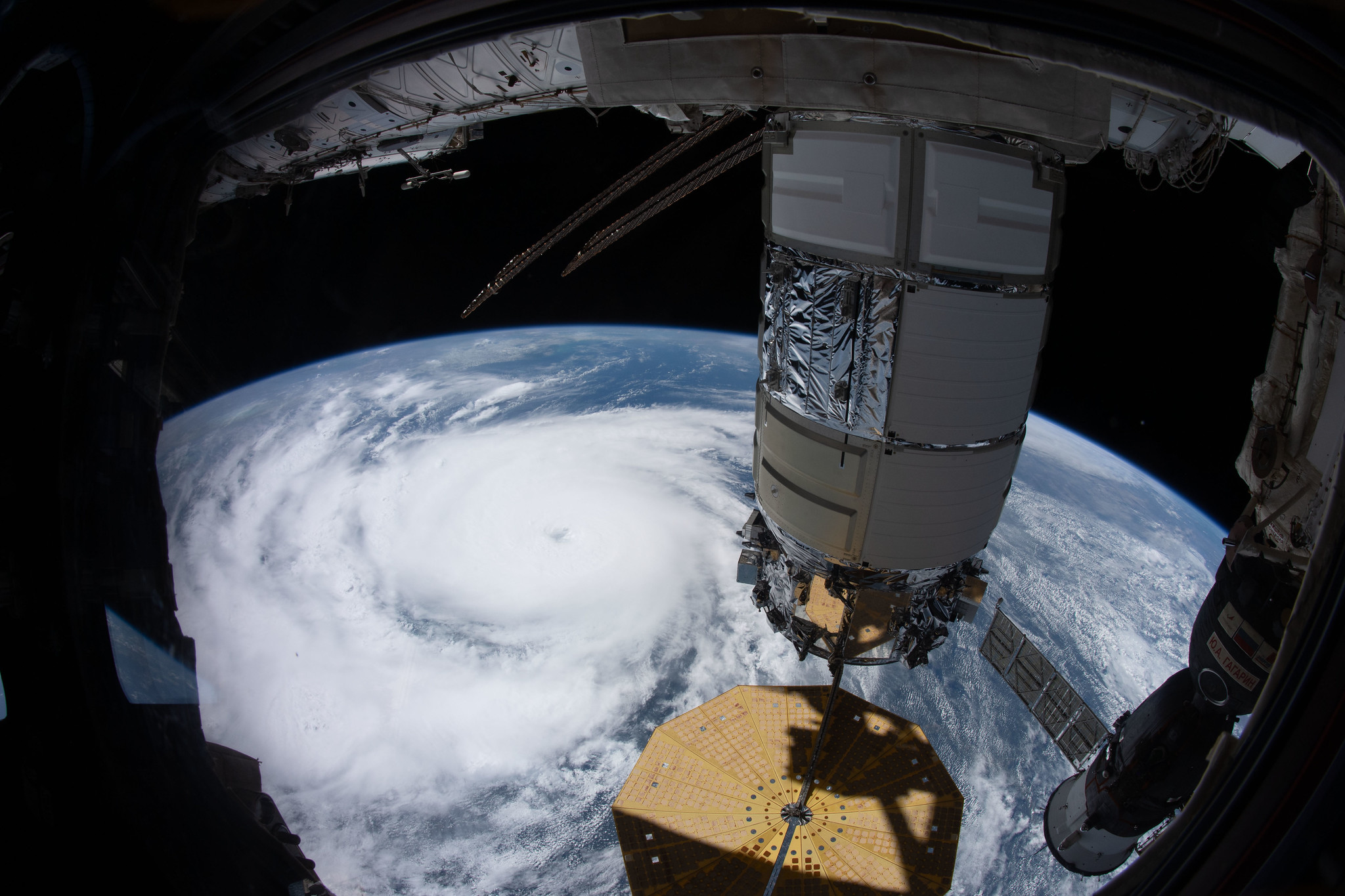
This image shows Hurricane Ida at its full strength. It was taken on Sunday, Aug. 29, 2021, by an astronaut on the International Space Station.
From NASA: "Hurricane Ida is pictured as a category 4 storm nearing the southeast Louisiana coast from the International Space Station. In the foreground, is the Northrop Grumman Cygnus space freighter attached to the Unity module."
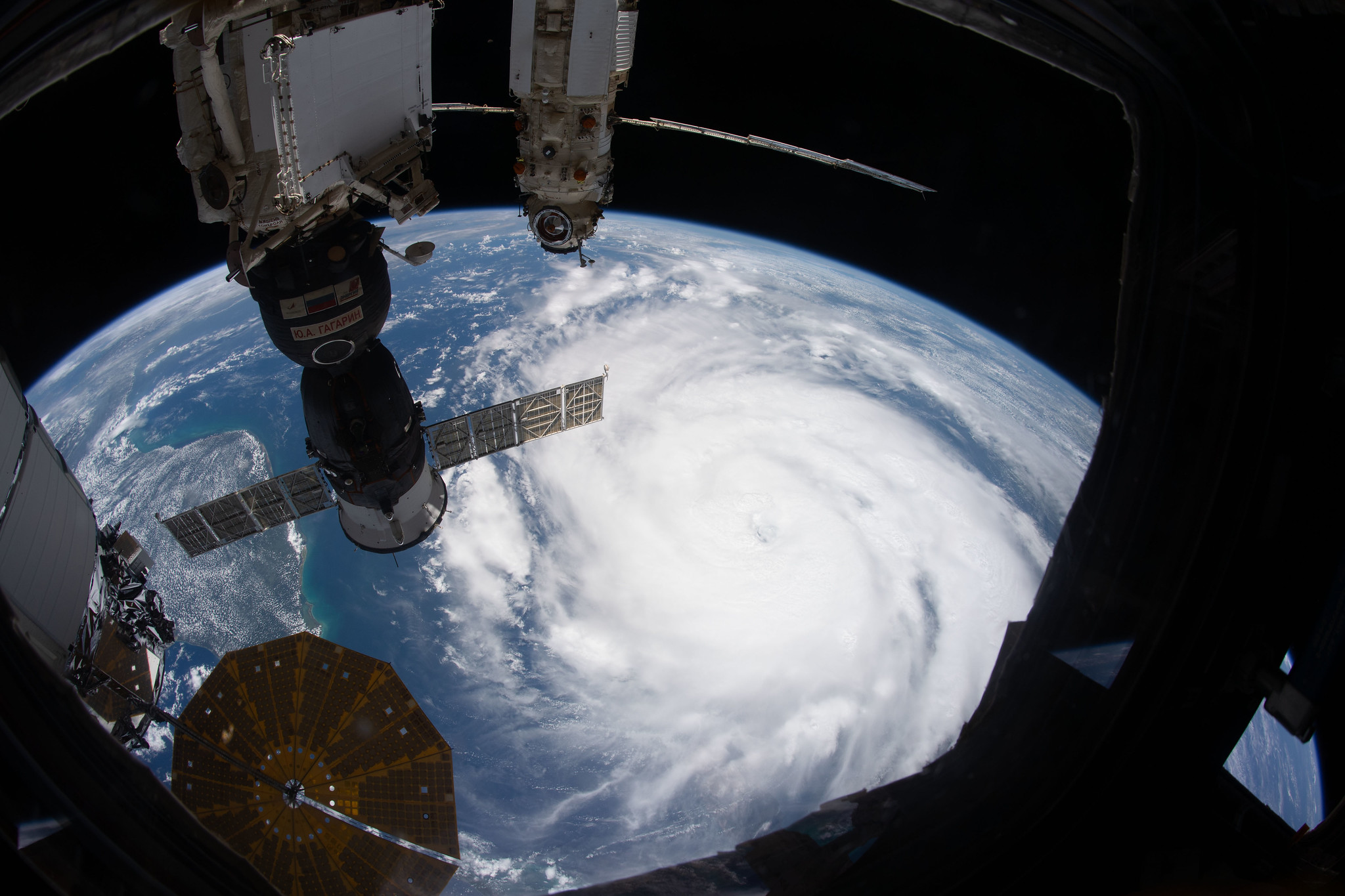
Another earlier view of Hurricane Idea from Aug. 28.
From NASA: "Hurricane Ida is pictured as a category 2 storm from the International Space Station as it orbited 263 miles above the Gulf of Mexico. At left, from top to bottom, are the Nauka multipurpose laboratory module, the Soyuz MS-18 crew ship and the Northrop Grumman Cygnus space freighter."

Hurricane Ida is easily visible on Earth from 1 million miles away as seen by NOAA's Deep Space Climate Observatory (DSCOVR) in orbit at a stable Lagrange point on Aug. 29, 2021 as the storm made landfall in Louisiana as a Category 4 storm.
This photo shows Ida as it appeared to NASA's Epic camera on DSCVR from Lagrange point 1, a a point between the sun and Earth that's about 1 million miles (1.5 million kilometers) from our planet, just as it hit the U.S. Gulf Coast.
"From about 1 million miles away, NASA's EPIC camera on NOAA's Deep Space Climate Observatory saw Hurricane Ida as it was approaching landfall in Louisiana yesterday," NOAA officials wrote in a Twitter update today (Aug. 30).Two NASA centers, the Michoud Assembly Facility in New Orleans and Stennis Space Center in Mississippi were placed on emergency lockdown during the storm, with only essential personnel on hand to ride out the hurricane.

Hurricane Ida crosses the Gulf of Mexico in this view from the International Space Station taken by NASA astronaut Megan McArthur just before 12 p.m. CDT (1700 GMT) on Aug. 28, 2021.
At the time, the storm was still a Category 2 storm.
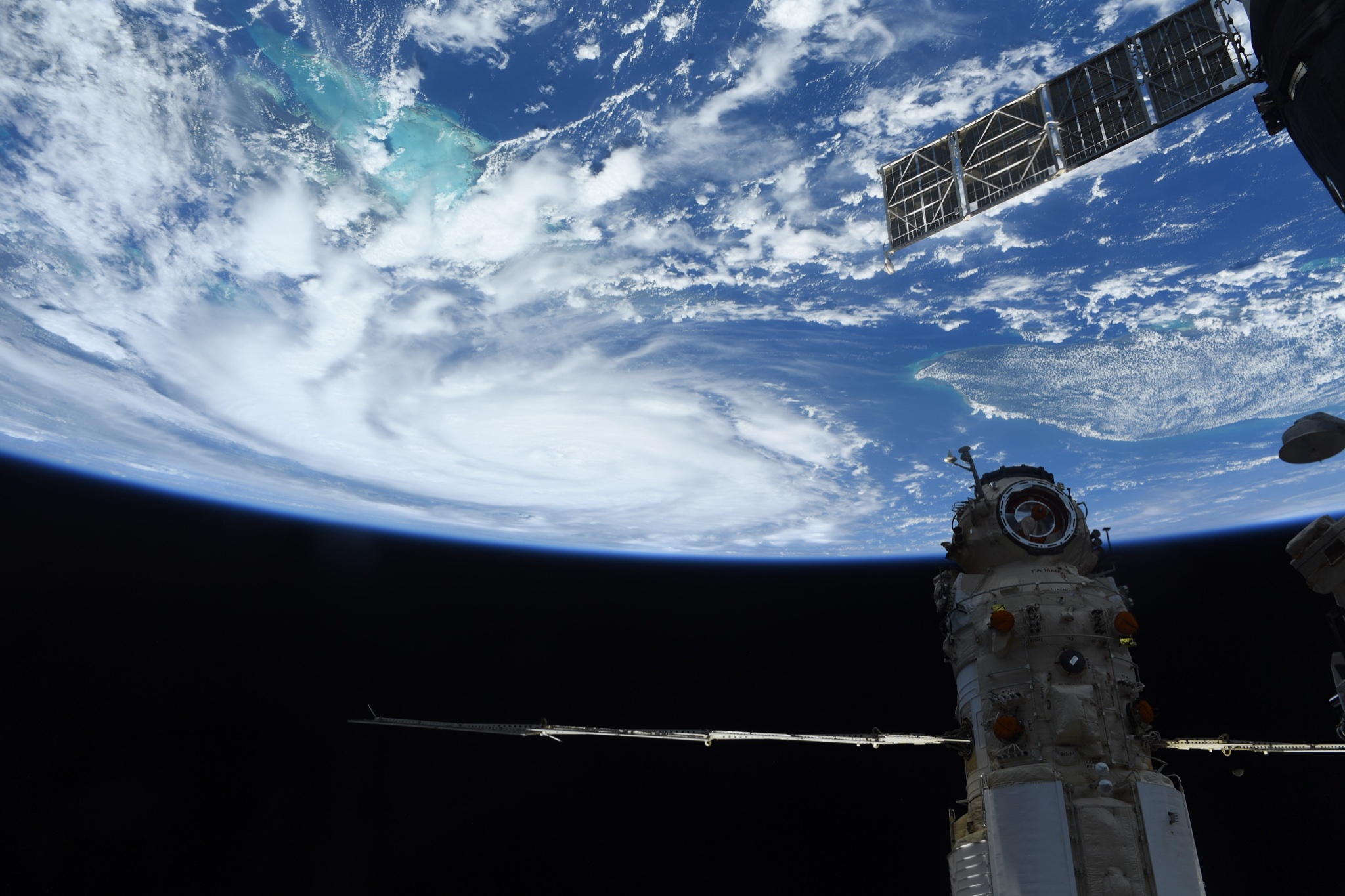
Hurricane Ida crosses the Gulf of Mexico in this view from the International Space Station taken by NASA astronaut Megan McArthur just before 12 p.m. CDT (1700 GMT) on Aug. 28, 2021.
At bottom is the space station's newest addition, the Russian-built Nauka module which arrived at the orbiting laboratory earlier in August.

European Space Agency astronaut Thomas Pesquet of France captured this photo of Hurricane Ida as seen from the International Space Station, showing the Category 4 storm as it approached southeast Louisiana on Aug. 29, 2021.
The station's Russian-built Nauka module is visible at lower right.
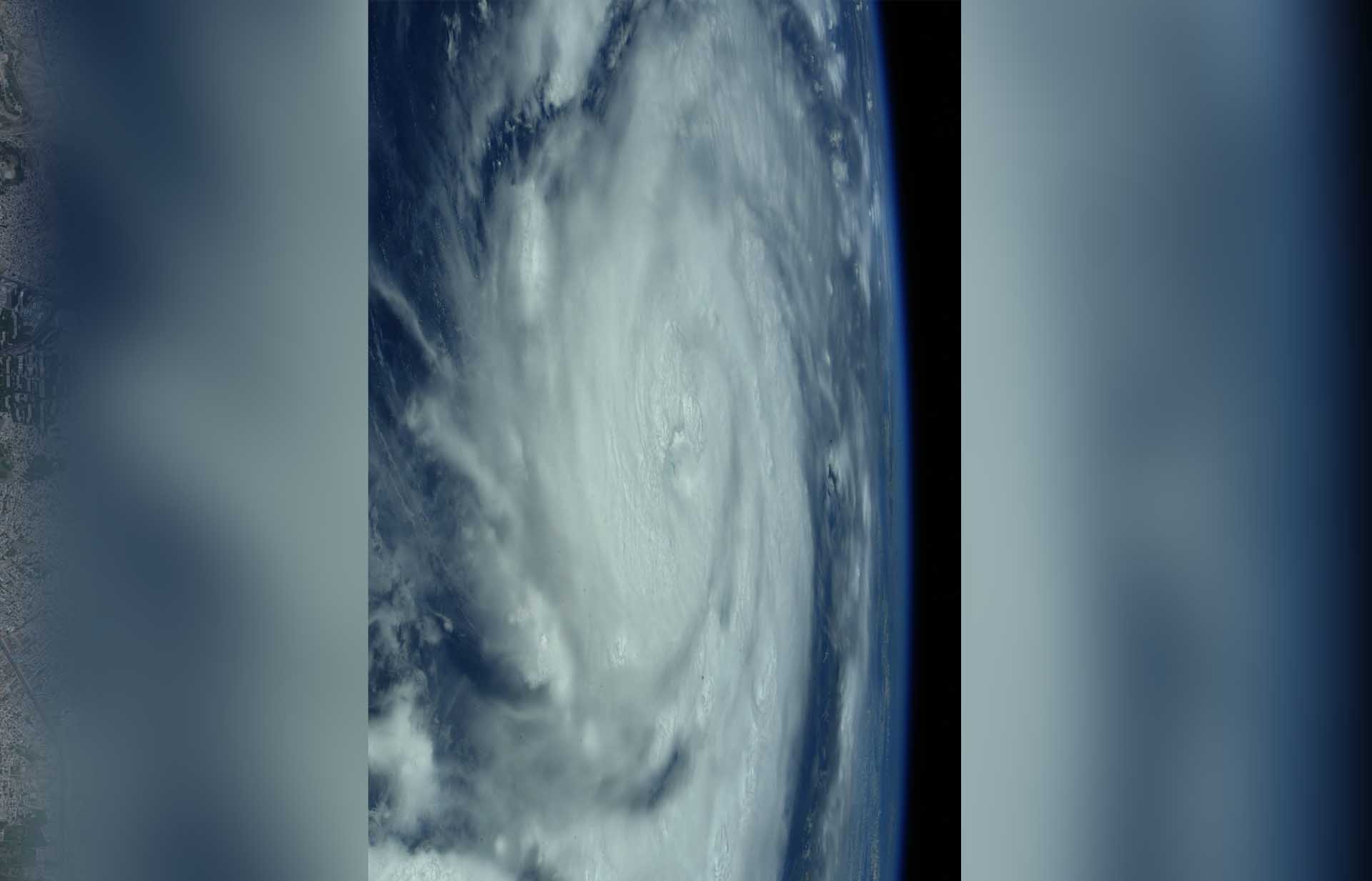
Another view of Hurricane Ida as a Category 4 storm as seen by European Space Agency astronaut Thomas Pesquet of France from the International Space Station.
When Ida made landfall in Louisiana, it had maximum wind speeds of up to 150 mph (240 kph).

Tariq is the award-winning Editor-in-Chief of Space.com and joined the team in 2001. He covers human spaceflight, as well as skywatching and entertainment. He became Space.com's Editor-in-Chief in 2019. Before joining Space.com, Tariq was a staff reporter for The Los Angeles Times covering education and city beats in La Habra, Fullerton and Huntington Beach. He's a recipient of the 2022 Harry Kolcum Award for excellence in space reporting and the 2025 Space Pioneer Award from the National Space Society. He is an Eagle Scout and Space Camp alum with journalism degrees from the USC and NYU. You can find Tariq at Space.com and as the co-host to the This Week In Space podcast on the TWiT network. To see his latest project, you can follow Tariq on Twitter @tariqjmalik.
